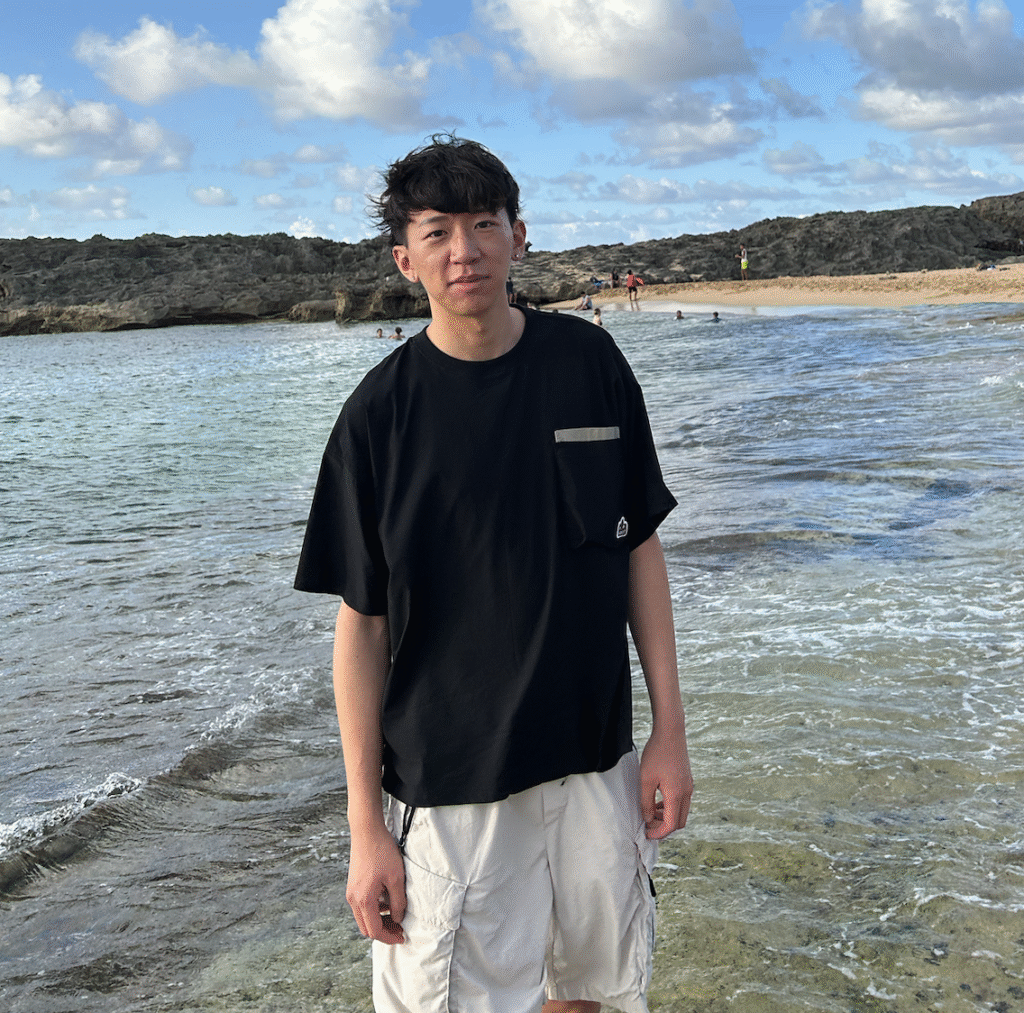GEVIP Staff
Steven Finkelstein
Professor, GEVIP Program PI, Director of Cosmic Frontier Center

I have broad interests in all areas of the formation and evolution of the first stars, galaxies, and supermassive black holes.
Email: stevenf@astro.as.utexas.edu
Anthony Taylor
Postdoctoral Fellow

My research interests center on the evolution (and co-evolution) of galaxies and their supermassive black holes (SMBHs) in the early universe. I specialize in detecting and analyzing Broad-line Active Galactic Nuclei (BLAGN) in the early universe with observations from JWST/NIRSpec. BLAGN in the early universe are particularly interesting, as the Supermassive Black Holes (SMBHs) associated with systems have very little time to grow and evolve at high-redshift. This allows us to place constraints on black hole growth and seeding at early epochs. In collaboration with the CAPERS team, I recently led a paper presenting the highest-redshift yet known Little Red Dot (LRD) and BLAGN: CAPERS-LRD-z9.
Email: anthony.taylor@austin.utexas.edu
Tiger Hsiao
Cosmic Frontier Center Fellow, Postdoctoral Fellow

My research seeks to unveil the universe’s first light, the first stars and galaxies that illuminated the cosmic dawn. I trace the elemental imprints these galaxies left behind, studying their metals and other chemical abundances. I am particularly interested in characterizing the most pristine realm of the mass-metallicity relation.
Email: tiger.hsiao@utexas.edu
Óscar A. Chávez Ortiz
Graduate Student

My research focuses on understanding the physical processes driving the evolution of galaxies during the peak epoch of cosmic star formation. In particular, I study Lyman-alpha emitting galaxies (LAEs) at redshifts z ≈ 2–3.5 to uncover the mechanisms that regulate the escape of Lyman-alpha photons and how these connect to broader galaxy properties. As the lead analysis coordinator for the TONE survey, I work with large statistical samples of galaxies to measure completeness, emergent line strengths, and correlations with physical parameters such as stellar mass, star formation rate, and dust attenuation. My goal is to constrain the role of galactic conditions in shaping the observed LAE population. Beyond research, I serve as a graduate student mentor, helping train and support junior researchers in data analysis and interpretation, fostering a collaborative environment that bridges observational astronomy and galaxy evolution theory and making research and fun and exciting environment.
Email: chavezoscar009@utexas.edu
Natalia Villanueva
Graduate Student

My research interests focus on the morphological evolution of galaxies and analyzing galaxy properties on the most spatially-resolved scales to uncover how galaxy structure and star formation processes work together to build-up stellar mass. I am especially interested in early galaxies, so I use JWST (JADES, CEERS, MEOW collaborations) and Euclid imaging to extract galaxy properties on pixel scales with a variety of techniques, including morphological fitting and machine learning algorithms. I build large statistical samples of morphological measurements and spatially-resolved galaxy properties to learn general physical insights about populations of galaxies, which allows us to make connections to broader galaxy evolution.
Email: nataliavillanueva@utexas.edu
Ansh Gupta
Graduate Student

I am interested in studying black holes in the early universe using data from the James Webb Space telescope. These black holes are surprisingly massive, and it’s difficult to explain them if they grew from “normal” seeds at a “normal” rate. A related puzzle is that they seem to live in galaxies which are disproportionately small. By investigating the formation and growth of the first black holes, the properties of their host galaxies, and their evolution over time, I hope to unveil the connection between supermassive black holes in the distant past and present.
Email: anshrg@utexas.edu
Galaxy Evolution VIP
At UT Austin… "What starts here changes the world."

